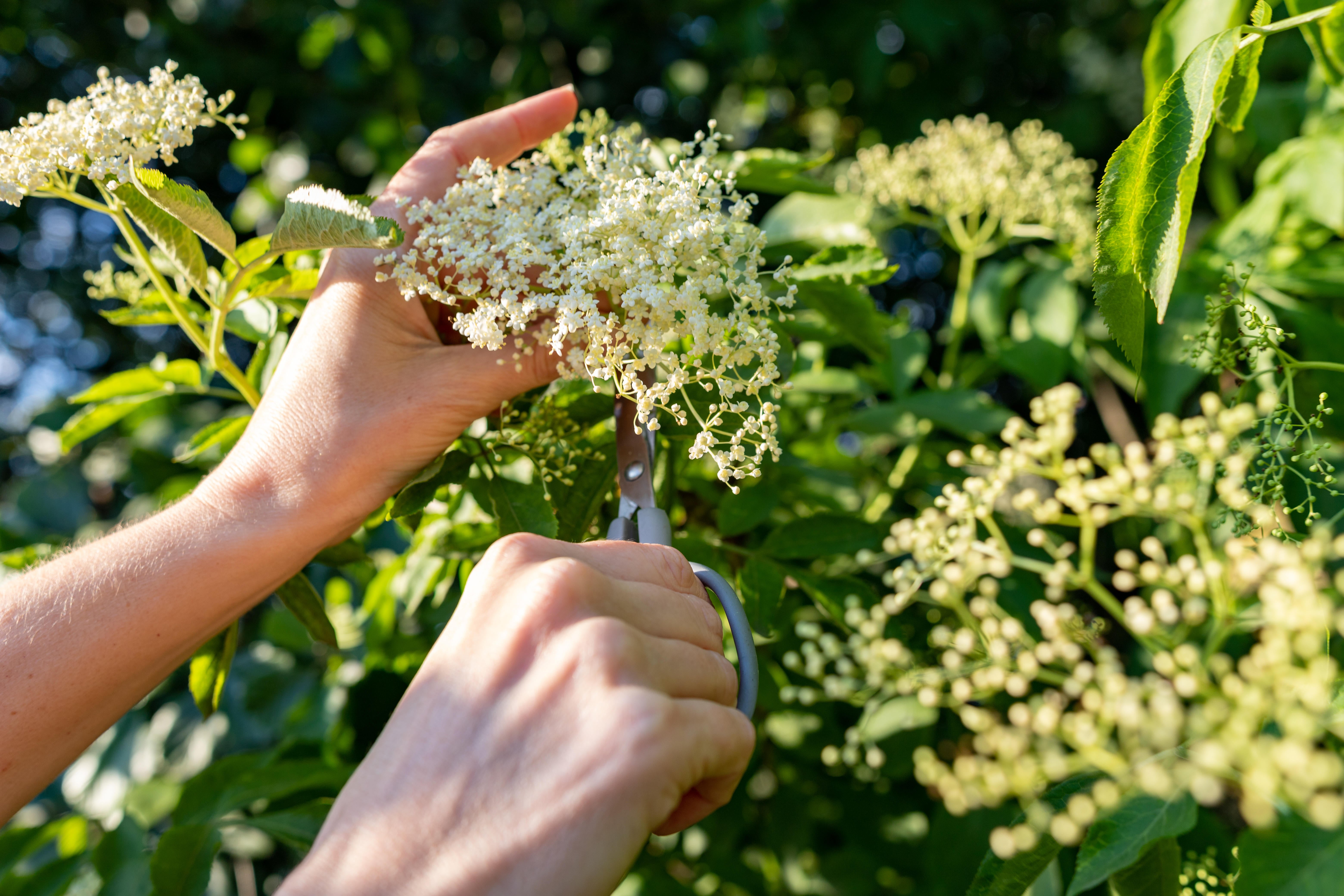Elderflower season: 5 reasons to go foraging for the flowers right now
Whether you live in the city or the countryside, now’s the best time to get harvesting.

Your support helps us to tell the story
From reproductive rights to climate change to Big Tech, The Independent is on the ground when the story is developing. Whether it's investigating the financials of Elon Musk's pro-Trump PAC or producing our latest documentary, 'The A Word', which shines a light on the American women fighting for reproductive rights, we know how important it is to parse out the facts from the messaging.
At such a critical moment in US history, we need reporters on the ground. Your donation allows us to keep sending journalists to speak to both sides of the story.
The Independent is trusted by Americans across the entire political spectrum. And unlike many other quality news outlets, we choose not to lock Americans out of our reporting and analysis with paywalls. We believe quality journalism should be available to everyone, paid for by those who can afford it.
Your support makes all the difference.If you’re a keen gardener who knows their carnations from their chrysanthemums, you’ll probably already know that the start of summer marks the arrival of elderflowers.
These characteristically fragrant blooms can be found dotted in hedgerows and hanging from elder trees between the months of May and August.
Not only do the delicate white flowers make for a gorgeous photograph on a sunny day, but they’re one of mother nature’s free ingredients, and they can be foraged to make all manner of delicious recipes.
Here are just a few reasons to throw on some gardening gloves, grab your old Tupperware and start picking…
1. You can make cordial
Homemade elderflower cordial is a fresh and fragrant drink that makes for a delicious, non-alcoholic alternative to sipping on a glass of wine on a balmy summer’s afternoon.
The recipe is super simple and involves heating sugar, water, lemon zest and the picked flowers on the stovetop.
As elderflowers can often be found in local parks, woods and even roadsides, you don’t need to live in the countryside to start bottling your own batches – just make sure you can positively identify the plant before you pick it.
2. It gets you outdoors
Countless studies have found that spending time in nature is good for our wellbeing. Known as ecotherapy, many people swear by the power of foraging for holistically soothing stress and easing issues like depression and anxiety.
Being outside in the fresh air also increases your exposure to sunlight too, which encourages your body to produce higher levels of mood-boosting vitamin D.
3. You can deep fry it
If you’re someone who loves an afternoon snack, you could try your hand at making elderflower fritters.
Light, golden and crunchy, it’s as easy as whisking egg, flour, sparkling water and sugar, dipping the flowers into the batter and then frying them on a high heat. Serve them with iced tea for a refreshing treat.
4. It can upgrade your afternoon bath
Love going for a leisurely soak? Hanging a muslin bag of elderflower heads under your taps as you draw your bath, infuses the water with the glorious scent of summer.
Some herbalists also believe that elderflower has natural skin soothing and cleansing properties too, thanks to its astringent nature.
5. It makes for a good day out
If you’ve already spent a small fortune at pubs, restaurants and other local spots that have recently reopened, foraging is a great sunny day activity that won’t give your bank account a further beating.
Whether you head out with family and friends, or go for a solo forage, there’s a great satisfaction that comes with discovering edible riches right on your doorstep.